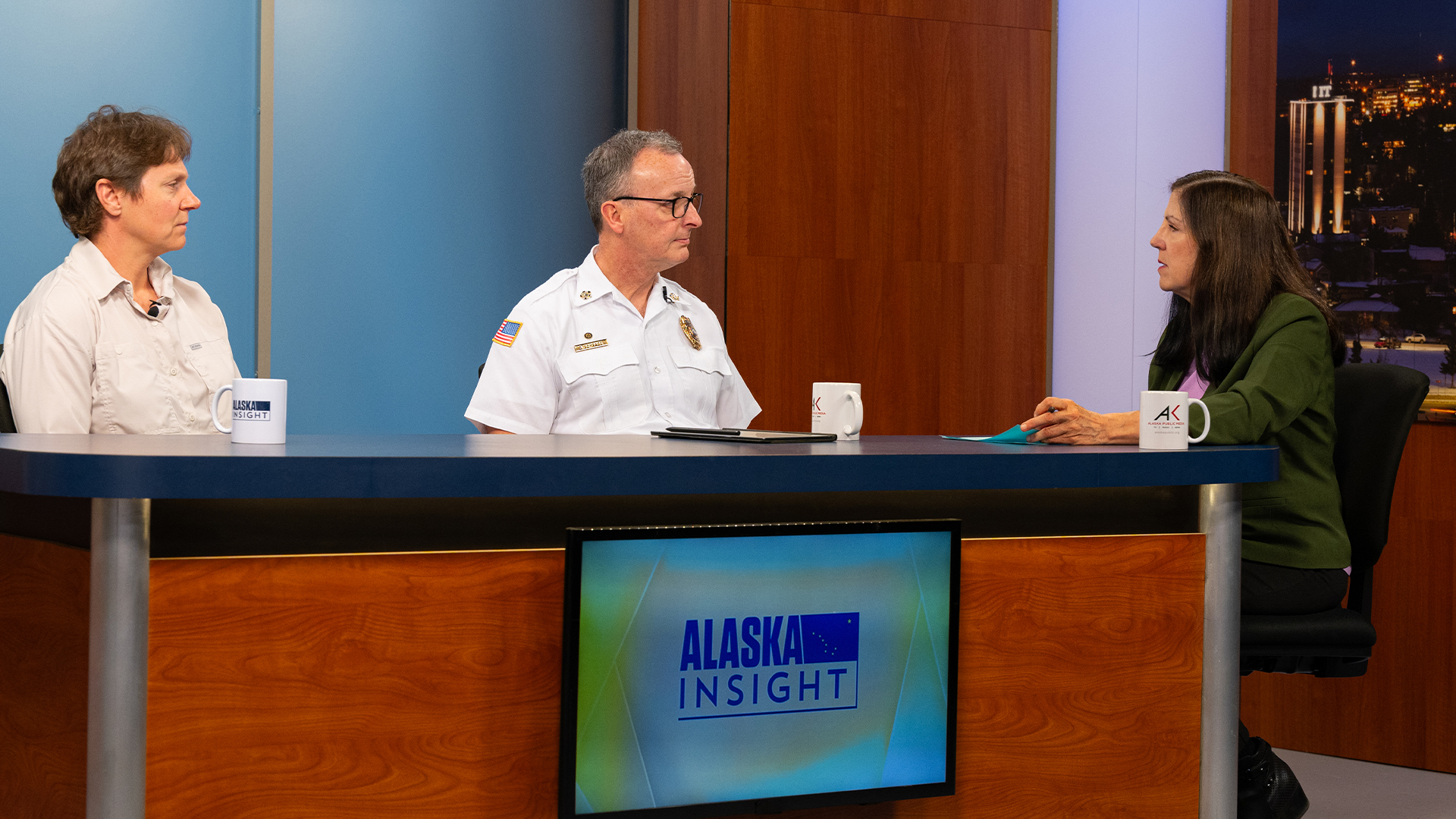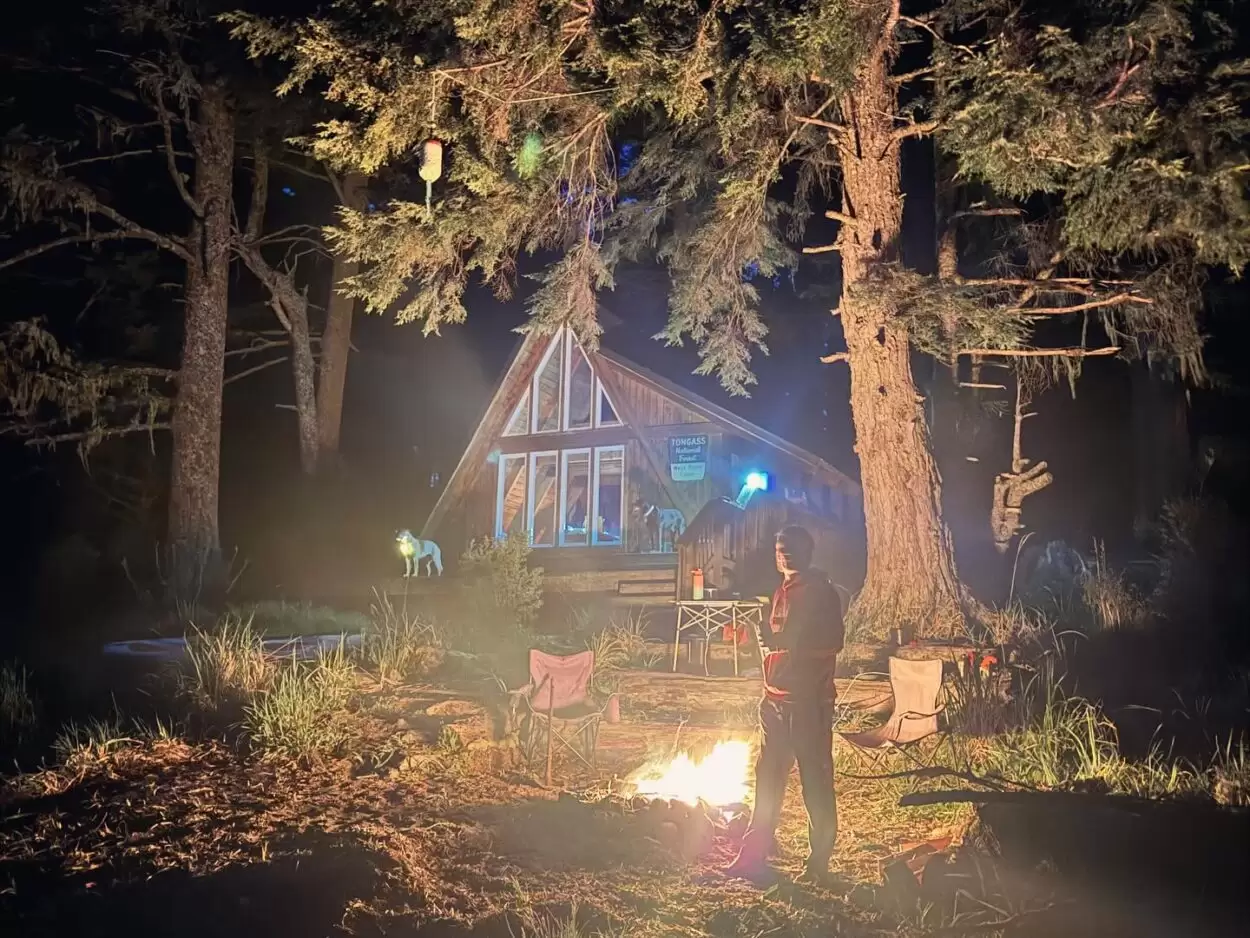ANCHORAGE, Alaska (KTUU) – Alaska’s News Source hosted a conversation Friday between incumbent Mayor Dave Bronson and former Anchorage Assembly Chair Suzanne LaFrance.
The answers weren’t timed, but the candidates were redirected if one person dominated the talks.
The first fiery exchange began with the topic of homelessness.
Bronson was questioned about why he allowed the living conditions at the homeless camp near Cuddy Family Midtown Park to continue.
He was also quick to point a finger at the Anchorage Assembly, which did not allow his mass shelter in East Anchorage to be built.
The Assembly in May 2022 set aside $6.2 million for its construction, but Assembly members stopped construction a few months later after learning that Bronson officials skirted city code, pushing ahead with millions in work without first getting the required contract approvals from the Assembly.
“We caught the mistake,” Bronson said. “We went to the Assembly and said we made a mistake. Let’s reappropriate. John Weddleton … former Assembly member at that time, says, ‘That’s happened before in the city several times. So let’s just keep going.’”
LaFrance said “maybe” similar mistakes happened in the past.
“But the fact of the matter is that the costs ballooned by millions of dollars,” LaFrance said.
She went on to say the estimated costs didn’t look right.
“There is, you know, certainly a cost to homelessness, and the crisis response that we’ve seen over and over — again, it just wasn’t good stewardship of taxpayer dollars to say yes to something that didn’t have a viable plan and that had already failed,” LaFrance said.
Later, Bronson said the former Northway Mall could be used as a shelter. He also pointed out how difficult it is to truly solve the problem.
“If people drove around town and didn’t see any homeless on the street, they would think this problem would be solved. But I said it wouldn’t be solved,” Bronson said.
LaFrance’s homeless strategy has been criticized with critics saying her call for more meetings on the topic is not a solution.
“The action plan now is to actually have a plan,” LaFrance said.
In a follow-up question, LaFrance said she’d have a shelter plan in place within 100 days of her becoming mayor.
“I do not support 1,000-person shelters in East Anchorage, or ,anywhere in the community,” LaFrance said.
Bronson said the city has put smaller shelters out to bid, but no one has shown interest.
Bronson has called LaFrance “woke,” and LaFrance has called him “incompetent.”
“I bring up the word incompetent because it applies,” LaFrance said.
Bronson said being “woke,” among other things, meant men wearing “tutus.”
But then he shifted his criticism.
“I’ll call it this: tax and spend liberal,” he said. “She’s a tax and spend liberal.”
Inadequate snow plowing for two years that has led to schools being closed also resulted in a heated conversation.
“At the end of the day, Miss LaFrance has to remember — when you criticize snowplowing, you’re criticizing the people that do it,” Bronson said. “Am I responsible for snow plowing? I’m responsible for everything in the city.”
“When I am criticizing the snow removal — or lack of — the last two winters, I am criticizing Mr. Bronson as the CEO of our city,” LaFrance replied. “I’m not criticizing the employees who have worked hard.”
Ballots were mailed to voters April 30. Runoff election day is Tuesday, May 14, and ballots must be postmarked on or before that date to be counted.
Voters may also return completed ballots to secure drop boxes around the municipality, or vote in person at one of the city’s voting centers starting May 7.
After the main debate, we asked the candidates to answer some of the questions from the local Community Councils. Hear their answers on Alaska’s Political Pipeline.
Copyright 2024 KTUU. All rights reserved.


























